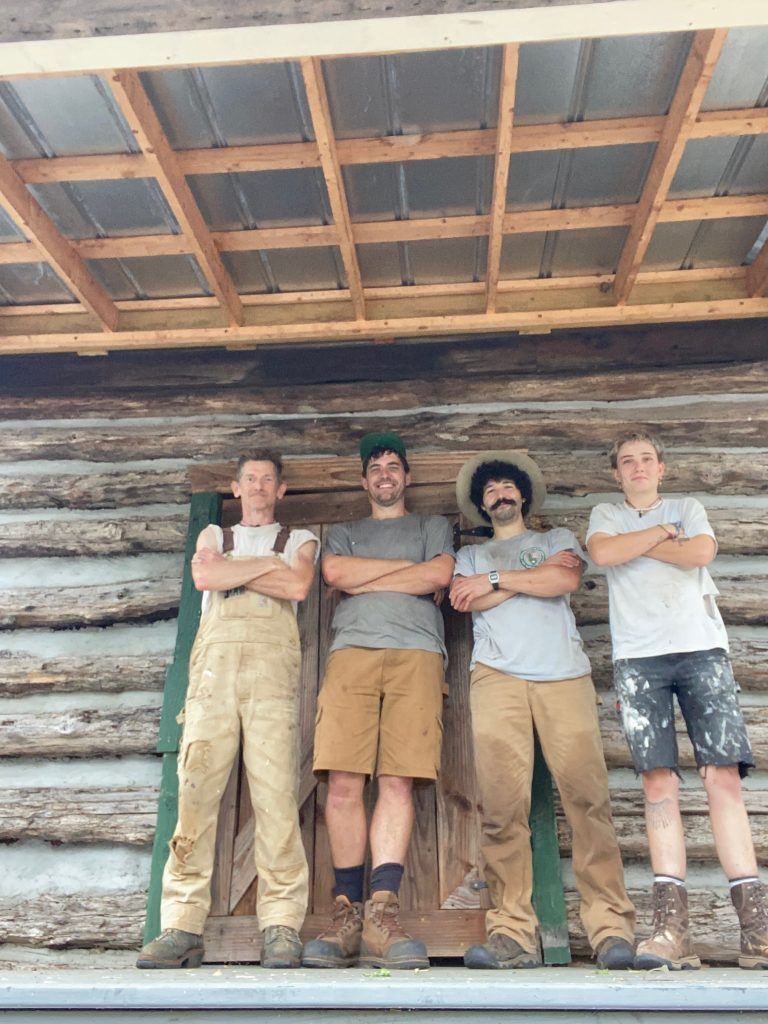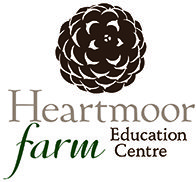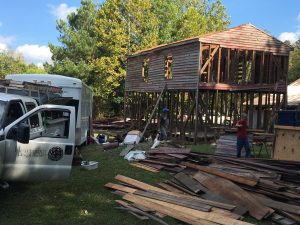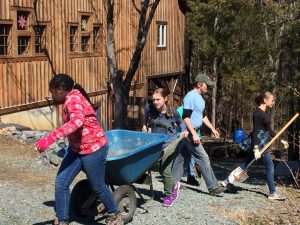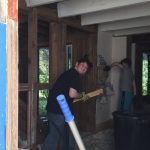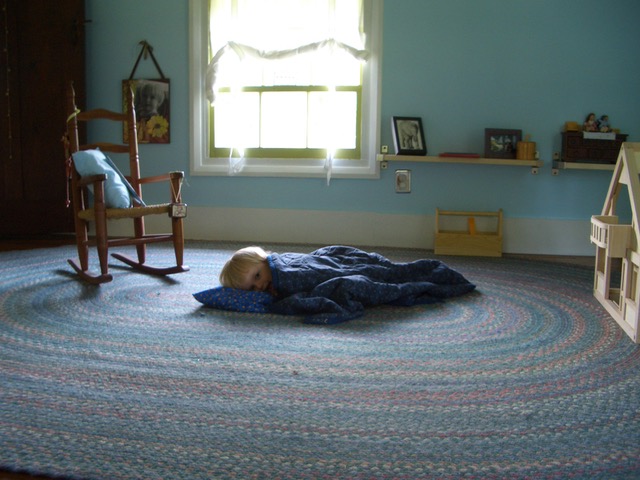Building is a creative process of unfolding ideas into possibilities. The artistic integration of needs and wants into the built environment makes the difference between a building that you can live in and a place you love to be.
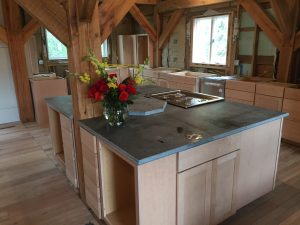 The Design/Build process is where our team thrives. When you inquire with Heartmoor Design Build you get personal respect, direct contact, and individuals who listen to your vision. Our high quality contacts across construction disciplines ensures that you get what you want, how you want it, and when you need it to make your project happen. Changes are inevitable even in the most well thought through projects- our goal is make opportunities out of obstacles and possibilities out of problems.
The Design/Build process is where our team thrives. When you inquire with Heartmoor Design Build you get personal respect, direct contact, and individuals who listen to your vision. Our high quality contacts across construction disciplines ensures that you get what you want, how you want it, and when you need it to make your project happen. Changes are inevitable even in the most well thought through projects- our goal is make opportunities out of obstacles and possibilities out of problems.
Building is about ecological preservation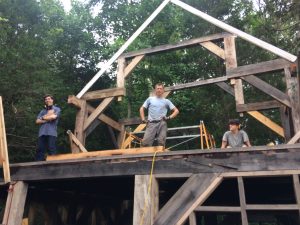
Each and every aspect of the built environment will reflect the principles and dedication of the owner and builder. In consideration of the tremendous amount of waste the contracting industry creates, we emphasize the use of salvage materials, reusing deconstructed buildings, repurposing everything we can, and reimagining how the space we are creating contributes to a healthier, safer environment. Waste sorting, reclamation, and recycling are a fundamental part of our service because it not only saves you money, it saves the limited resources of our Earth.
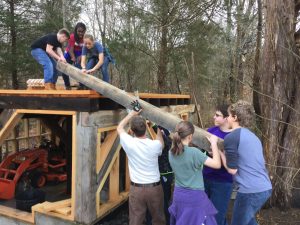 Building is about working together
Building is about working together
As a teacher for over 20 years, I learned that the greatest results come from collaboration. This is true in the design process, the materials acquisition process, and even in the physical building of the structure. My experience has taught me that crafting a vision for newly built or redesigned spaces evolves best through open, consistent, and clear communication. The success of every project depends on a partnership between the client, the contractor, and the workmen involved in the enterprise.
Building is about site selection
We work on the land. Land h as a direction, a slope, and is a key factor in where we place, expand, and explore the satisfaction of the fundamental need for shelter. Orientation to the sun, the predominant weather patterns, the
as a direction, a slope, and is a key factor in where we place, expand, and explore the satisfaction of the fundamental need for shelter. Orientation to the sun, the predominant weather patterns, the
existing trees, and both the human and animal movements through these spaces help create a story, a timeline, a history that is our blueprint for what to do and what can be done.
Thank you for considering Heartmoor Design Build for your next project, large or small, practical or personal.
As a Virginia Class A licensed Contractor with the Residential Building Contractor specialty certification, I can advise and assist you in both common and creative building solutions.
Please contact me at 917-822-7230 OR email Designbuild@heartmoorfarm.org to take the next step in your project ideas.
